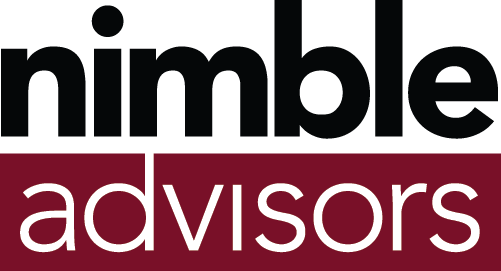Rethinking Remote Employee Engagement: Strategies for Enhanced Productivity and Connection
Understanding the Landscape of Remote Work Engagement
Remote employee attending a Zoom meeting.
Remote work has transformed the landscape of employment, offering flexibility and autonomy. However, maintaining and fostering engagement among remote employees can pose challenges. Disengagement can lead to decreased productivity, communication gaps, and ultimately, employee turnover.
Causes of Disengagement:
Lack of accountability: Managers struggle to adapt traditional performance measurement methods to the remote setting, potentially leading to feelings of unaccountability and a decline in motivation.
Isolation and loneliness: Remote workers, particularly those without strong social connections, can feel isolated and disconnected from colleagues and company culture.
Communication breakdowns: Ineffective communication tools and practices can hinder collaboration, transparency, and trust, leading to frustration and disengagement.
Unrecognized contributions: Feeling undervalued for their efforts can significantly demotivate remote employees, impacting their engagement and overall performance.
Building a Bridge: Strategies for Engaged Remote Teams
1. Reshaping Accountability:
Focus on outcomes, not micromanagement: Set clear expectations and goals, and empower remote workers with ownership over their work.
Leverage technology: Utilize collaborative tools and project management platforms to track progress, share updates, and provide real-time feedback.
Regular check-ins: Schedule regular one-on-one meetings to discuss progress, address concerns, and provide support.
2. Fostering Connection and Belonging:
Virtual team-building activities: Organize regular online events, social gatherings, and informal chats to encourage interaction and build rapport.
Promote open communication: Encourage employees to share ideas, concerns, and feedback through various channels, fostering a sense of community and trust.
Invest in mentorship and coaching: Provide opportunities for remote workers to connect with experienced colleagues or mentors for guidance and support.
3. Enhancing Communication and Transparency:
Utilize video conferencing: Encourage regular video calls for meetings, discussions, and informal interactions to provide a more personal touch.
Implement clear communication protocols: Establish guidelines for communication frequency, response times, and preferred channels to avoid misunderstandings and delays.
Promote information sharing: Encourage transparency by sharing company news, updates, and progress reports to keep remote workers informed and engaged.
4. Recognizing and Valuing Contributions:
Implement a robust recognition program: Publicly acknowledge and celebrate individual and team achievements to boost morale and motivation.
Provide opportunities for growth and development: Offer remote workers access to training, online learning resources, and career advancement opportunities.
Conduct regular performance reviews: Provide feedback and discuss career goals with each remote employee to demonstrate their value and commitment to their development.
Moving Forward: Continuous Engagement in the Remote Workplace
Engaging a remote workforce requires continuous effort and adaptation. By implementing these strategies, focusing on communication, accountability, and employee well-being, organizations can create a thriving remote work environment where employees feel valued, connected, and motivated to excel.
Frequently Asked Questions:
Q: How can I measure remote worker engagement?
A: Utilize a combination of quantitative and qualitative methods, such as employee surveys, performance reviews, productivity metrics, and feedback from one-on-one meetings.
Q: What are some tools to help with remote team communication?
A: Popular tools include Slack, Zoom, Microsoft Teams, Google Meet, and Asana.
Q: How can I prevent burnout among remote workers?
A: Encourage healthy work-life boundaries, promote flexible work schedules, and offer resources for stress management and mental well-being.
Remember, fostering a thriving remote workforce is an ongoing process. By prioritizing engagement, communication, and employee well-being, organizations can unlock the full potential of remote work and build a successful and engaged team, wherever they may be.

